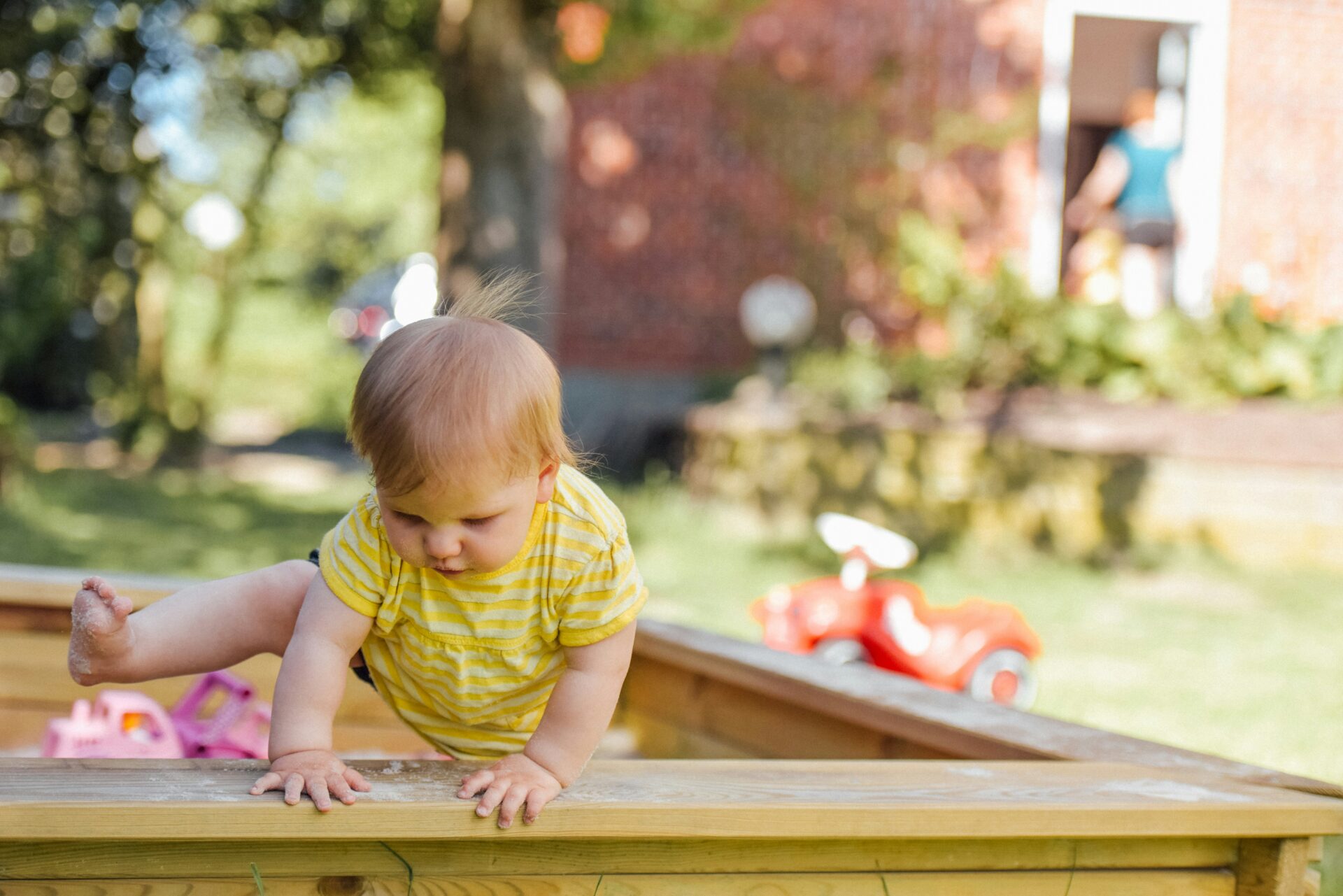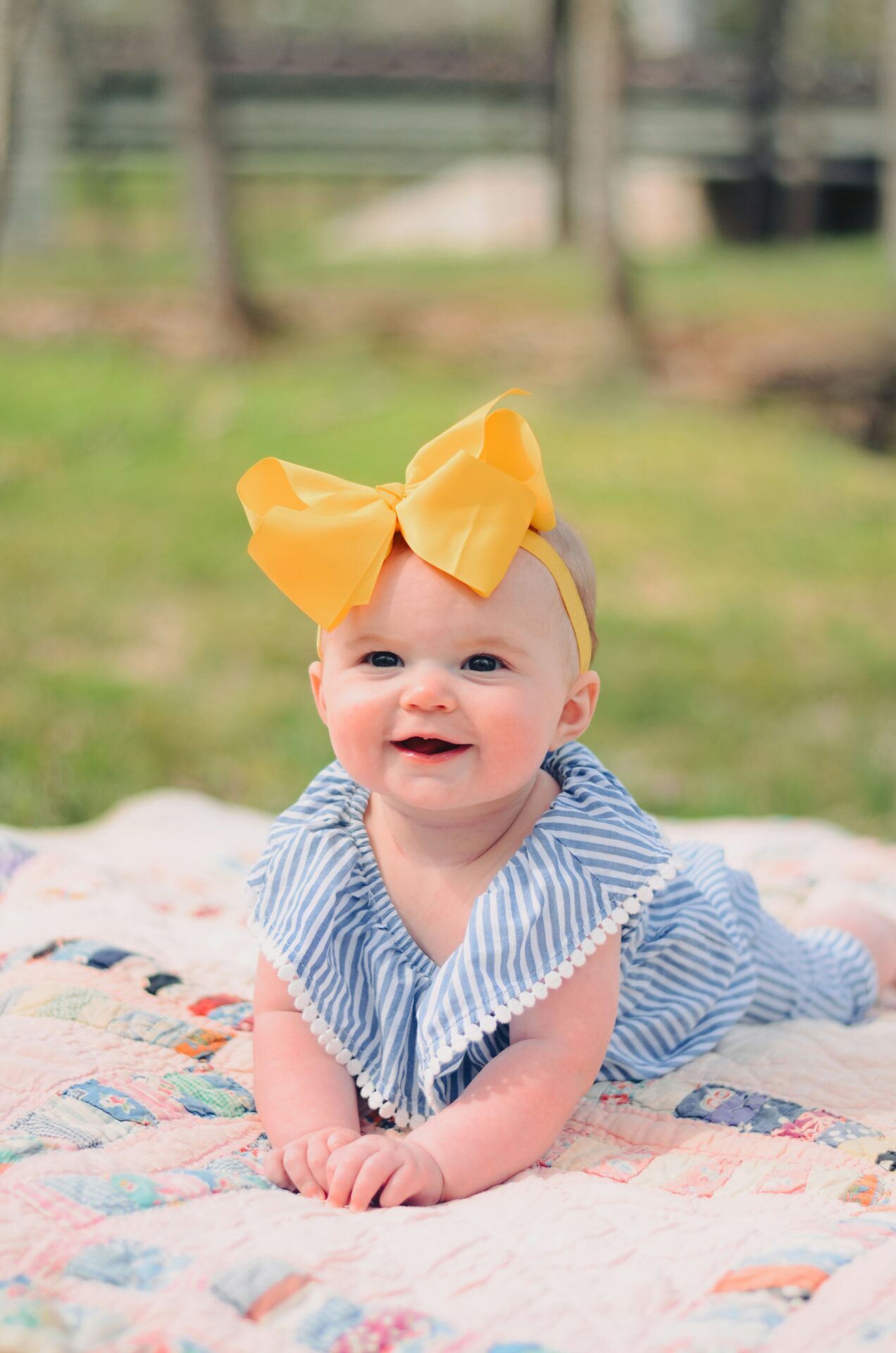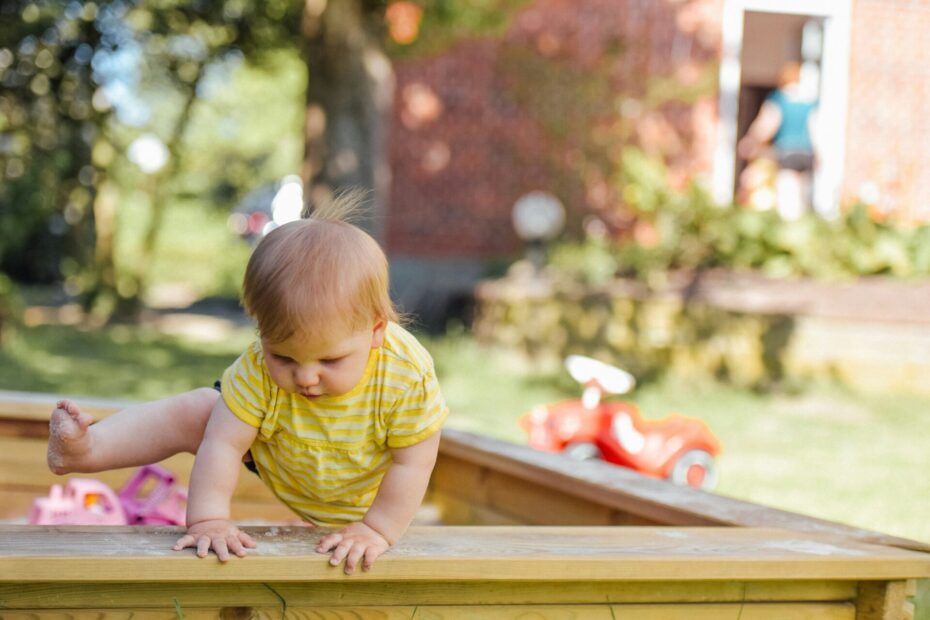Immerse yourself in a world of creativity and wonder with our guide to inexpensive indoor activities for babies. In this article, we will explore a wide range of imaginative pursuits that are not only affordable but also guaranteed to provide endless entertainment for your babies and toddlers. From sensory play to DIY crafts, we will provide you with a treasure trove of ideas that will transform ordinary moments into extraordinary memories for your family. So, join us as we cultivate a vibrant atmosphere where the spirit of innovation thrives, allowing your children’s boundless imagination to shine through and create delightful experiences every day.

DIY Sensory Play
Sensory play is a fantastic way to engage your baby or toddler’s senses while also promoting their cognitive and physical development. One popular and easy DIY sensory activity is sensory bins. These bins can be filled with a variety of materials such as rice, beans, or colored pasta, along with small toys or objects to explore. All you need is a plastic bin or container and some sensory materials, which can often be found around the house. The textures and colors of the materials provide a rich sensory experience for your child, stimulating their sense of touch and sight.
Another great DIY sensory play idea is making your own playdough. Playdough provides a tactile experience that allows children to explore and manipulate different shapes and textures. Making playdough is a simple and cost-effective activity that only requires a few ingredients like flour, salt, water, and food coloring. You can even add scents or glitter to make it more exciting for your child. As they squish, mold, and sculpt the playdough, they develop fine motor skills and hand-eye coordination.
If you’re looking for a visually stimulating sensory play activity, consider making DIY sensory bottles. These bottles are filled with various materials like rice, beads, or glitter and sealed tightly. Your child can shake, roll, and watch as the materials inside the bottle move and create interesting patterns. This type of sensory play promotes visual tracking and concentration skills, as well as providing a calming effect for children. You can create different themes for your sensory bottles, such as a rainbow or ocean theme, to add an extra element of fun.
Mess-Free Art
Art is a wonderful way for babies and toddlers to express their creativity and explore different textures and materials. However, the mess that often comes with art activities can be a challenge for parents. Luckily, there are several mess-free art activities that you can try with your little one.
One fun and delicious mess-free art activity is finger painting with pudding. Instead of using traditional paint, mix some pudding powder with water to create a thick and colorful mixture. Spread the pudding on a plastic tray or a piece of paper, and let your child dip their fingers in and create their own edible masterpiece. Not only does this activity allow them to explore different colors and textures, but they can also taste their creations along the way.
Another mess-free art activity is ziplock bag painting. Simply squirt some paint into a ziplock bag, seal it tightly, and let your child use their fingers to spread and mix the colors inside the bag. This activity allows them to experiment with color blending and provides a sensory experience as they feel the paint squish beneath their fingers. You can even tape the bag to a window or a table for a different perspective.
For a unique art activity, you can try bubble wrap stamps. Cut pieces of bubble wrap into different shapes or use pre-cut bubble wrap stickers. Dip the bubble wrap into washable paint and then press it onto a piece of paper. Your child can create beautiful and textured prints by applying different colors and patterns. This activity not only encourages creativity but also helps develop fine motor skills and hand-eye coordination.
Music and Movement
Music and movement activities are not only fun for babies and toddlers but also contribute to their overall development. Engaging in music and movement activities helps children improve their coordination, gross motor skills, and rhythm sense. It also enhances their listening skills, language development, and cognitive abilities. Here are some DIY ideas for music and movement activities you can enjoy with your little one.
Firstly, create your own dance party at home. Clear a space in your living room, play some energetic music, and encourage your child to move and groove to the beat. You can incorporate simple dance moves like jumping, spinning, clapping, and twirling. Dancing together is not only a great way to bond with your child but also boosts their physical fitness and self-expression.
Another DIY idea is making musical instruments at home. Gather materials like empty bottles filled with dried beans or rice to make shakers. You can also use pots, pans, and wooden spoons to create a makeshift drum set. Encourage your child to play along with their favorite tunes or make their own rhythms. Making homemade instruments fosters creativity and allows your child to explore different sounds and rhythms.
Nursery rhyme sing-alongs are also a wonderful way to introduce music and movement to your little one. Singing nursery rhymes together enhances language skills, memory, and coordination. You can use hand gestures or simple dance moves to go along with the songs. Encourage your child to participate by clapping, tapping their feet, or moving their body in response to the rhythm. This activity promotes bonding, social interaction, and a love for music.
Exploring Nature Indoors
If you’re unable to venture outside to explore nature, there are still plenty of ways to bring nature indoors and engage your child in fun and educational activities.
One idea is to set up an indoor camping experience. Create a cozy camping corner in your living room by setting up a small tent or fort using blankets and pillows. You can include some camping essentials like a flashlight, binoculars, and a camping chair. Encourage your child to engage in imaginative play by pretending to roast marshmallows over a makeshift campfire or searching for stars with the help of the flashlight. This activity encourages creativity, imaginative play, and an appreciation for nature.
Scavenger hunts are another exciting way to explore nature indoors. Create a list of items commonly found in nature, such as leaves, rocks, or flowers, and hide them around your house or yard. Provide your child with a basket or bag and let them search for the items on the list. As they find each item, discuss its characteristics and encourage them to use their senses to explore and learn about nature. This activity promotes observation skills, critical thinking, and a love for the outdoors.
Indoor gardening is another great way to bring nature into your home. Create a small garden corner using planters or recycled containers. Choose easy-to-grow plants like herbs or flowers that can thrive indoors. Involve your child in the planting and caring process, allowing them to water the plants and observe their growth. This activity teaches responsibility, encourages hands-on learning, and helps children develop an appreciation for nature and the environment.

DIY Busy Boards
Busy boards are interactive toys or panels that provide sensory and fine motor experiences for babies and toddlers. These boards are usually made up of various objects and materials that children can manipulate, such as buttons, zippers, Velcro, lights, and switches.
A DIY busy board can be created by attaching different objects onto a wooden board or panel. For example, you can attach buttons of different shapes and sizes to the board, allowing your child to practice their fine motor skills and hand-eye coordination by buttoning and unbuttoning. Similarly, attaching zippers and small pieces of fabric with Velcro allows your child to practice their dressing skills and helps them develop independence.
Interactive lights and switches can also be added to a busy board to engage your child’s senses and promote cause-and-effect learning. You can repurpose old remote controls or small electronic devices by attaching them securely to the board. This provides your child with the opportunity to explore different light and sound effects, as well as develop their understanding of cause and effect.
Busy boards are not only entertaining for children, but they also provide valuable learning experiences. By engaging with the various objects and materials on the board, children develop their fine motor skills, hand-eye coordination, and problem-solving abilities. They also encourage independent play and exploration.
Obstacle Course Fun
Creating an obstacle course at home can be a thrilling and engaging activity for babies and toddlers. It helps promote gross motor skills, coordination, balance, and problem-solving abilities.
One simple idea for an obstacle course is a couch cushion maze. Arrange cushions on the floor in various formations to create a series of obstacles for your child to crawl or climb over. You can add pillows, stuffed animals, or soft toys along the way to make it more enticing. This activity encourages spatial awareness, muscle development, and problem-solving skills as your child navigates through the course.
Another obstacle course idea is building a tunnel made of blankets. Drape blankets over chairs or tables to create a tunnel-like structure. Your child can crawl through the tunnel, enhancing their motor skills, balance, and body control. This activity also promotes imagination and creativity as they pretend to explore caves or go on exciting adventures.
Pillow hopscotch is another fun and active obstacle course activity. Use pillows or cushions to create a hopscotch pattern on the floor. Encourage your child to hop or jump from one pillow to another, practicing their balance and coordination. You can even add numbers or colors to the pillows to incorporate learning into the activity. This obstacle course activity promotes physical fitness, coordination, and cognitive skills.

Story Time Adventures
Storytime is a beloved activity for babies and toddlers that not only fosters language development but also encourages imagination and creativity. Here are some DIY ideas to make storytime even more exciting and interactive.
One idea is to put on a puppet show using homemade puppets. You can create puppets using socks, paper bags, or craft sticks and decorate them with markers, yarn, or fabric scraps. Choose a favorite story or nursery rhyme and have your child act out the characters with the puppets while you narrate the story. This activity enhances storytelling skills, imagination, and social interaction.
Picture book storytelling is another engaging activity. Choose a picture book with colorful illustrations and allow your child to explore the pictures while you read the story. Encourage them to point out objects or characters in the book and ask open-ended questions to promote discussion and critical thinking. This activity enhances comprehension skills, vocabulary development, and visual perception.
Dramatic play with dress-up clothes is a fun way to bring stories to life. Gather various costumes or dress-up clothes and encourage your child to dress up as their favorite characters from a storybook. Act out scenes from the book together, using different voices and gestures to make it more engaging. This activity promotes creativity, imagination, and social-emotional development.
Kitchen Creations
The kitchen is not only a place for cooking but also an excellent environment for creative play and learning. By involving your child in simple kitchen activities, you can foster their creativity, fine motor skills, and cognitive development.
Baking simple treats is a wonderful kitchen activity that allows your child to explore different ingredients and practice measuring, mixing, and following instructions. Choose a simple recipe like cookies or muffins and involve your child in the preparation process. Let them help measure the ingredients, mix the batter, and decorate the finished product. Baking together promotes math skills, hand-eye coordination, and sensory exploration.
Play kitchen restaurant is another creative activity that can be enjoyed in the kitchen. Set up a pretend restaurant using play food, plates, and utensils. Your child can take on roles such as the chef, server, or customer. Encourage them to create their own menu, take orders, and serve the food. This activity enhances creativity, social skills, and imagination. It also provides opportunities for language development as they engage in role-play and conversation.
Food-themed sensory play is a great way to introduce different textures and smells to your child. Set up a sensory bin filled with dried pasta, rice, or lentils along with play food and utensils. Let your child explore the sensory materials, scoop and pour, and pretend to cook. This sensory play activity stimulates their senses, promotes fine motor skills, and encourages imaginative play.
DIY Water Play
Water play is a classic and enjoyable activity for babies and toddlers. It provides numerous opportunities for sensory exploration, hand-eye coordination, and scientific discovery. Here are some DIY water play ideas that you can easily set up at home.
The sponge squeeze game is a simple and fun water play activity. Fill a basin or a bucket with water and provide your child with several sponges. Show them how to soak the sponge in the water and then squeeze it out over the basin. They can experiment with different squeezing techniques and observe how the sponge absorbs and releases water. This activity promotes hand strength, coordination, and sensory exploration.
The sink or float experiment is a great way to introduce basic scientific concepts to your child. Fill a basin or container with water and gather various objects from around the house. Ask your child to predict whether each object will sink or float and then drop them into the water to test their predictions. Encourage them to observe and discuss the results. This experiment enhances critical thinking skills, scientific reasoning, and vocabulary development.
Water transfer activity is another simple and engaging water play idea. Fill two containers with water, placing one container higher than the other. Provide your child with different cups, bowls, or utensils and encourage them to transfer water from one container to another. They can pour, scoop, or even use a sponge to transport the water. This activity promotes hand-eye coordination, fine motor skills, and problem-solving abilities.
Building and Construction
Building and construction play is not only exciting but also promotes creativity, problem-solving, and fine motor skills. Using different materials and techniques, you can encourage your child to explore their imagination and create their own structures.
Cardboard box forts are a fantastic DIY building activity. Gather cardboard boxes of different sizes and let your child experiment with stacking, connecting, and arranging them to create their own fort or house. They can decorate the boxes with markers, paints, or stickers, and even add pillows or blankets inside for comfort. Building forts promotes spatial awareness, creativity, and imaginative play.
Stacking blocks is a classic building activity that stimulates hand-eye coordination and problem-solving skills. Provide your child with building blocks of various shapes and sizes and let them experiment with stacking and balancing them. They can create towers, bridges, or even simple structures like houses or cars. Stacking blocks promotes spatial reasoning, mathematical concepts, and fine motor skills.
Magnetic tile play is another exciting building activity. Magnetic tiles are colorful and geometric-shaped tiles with magnets on the edges, allowing them to easily connect and stack. Encourage your child to experiment with different configurations and structures using the magnetic tiles. They can build tall towers, bridges, or even create 3D shapes. Magnetic tile play enhances spatial reasoning, creativity, and fine motor skills.
In conclusion, engaging in budget-friendly DIY activities with your baby or toddler can provide them with endless opportunities for learning, creativity, and fun. Whether it’s sensory play, mess-free art, music and movement, exploring nature indoors, DIY busy boards, obstacle course fun, story time adventures, kitchen creations, water play, or building and construction, these activities promote cognitive, physical, and social-emotional development. By incorporating these activities into your daily routine, you can create memorable experiences and nurture your child’s curiosity and imagination. Let the magic of DIY play unfold as you embark on this journey of budget-friendly fun!

